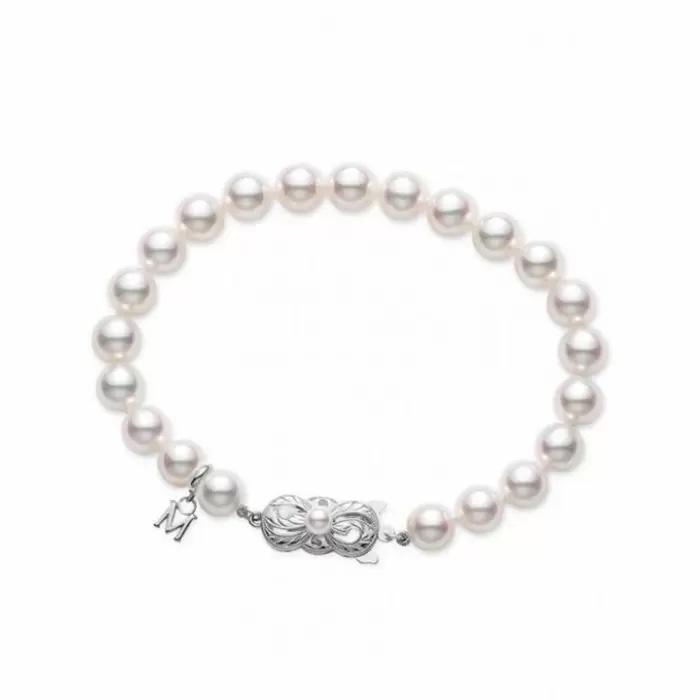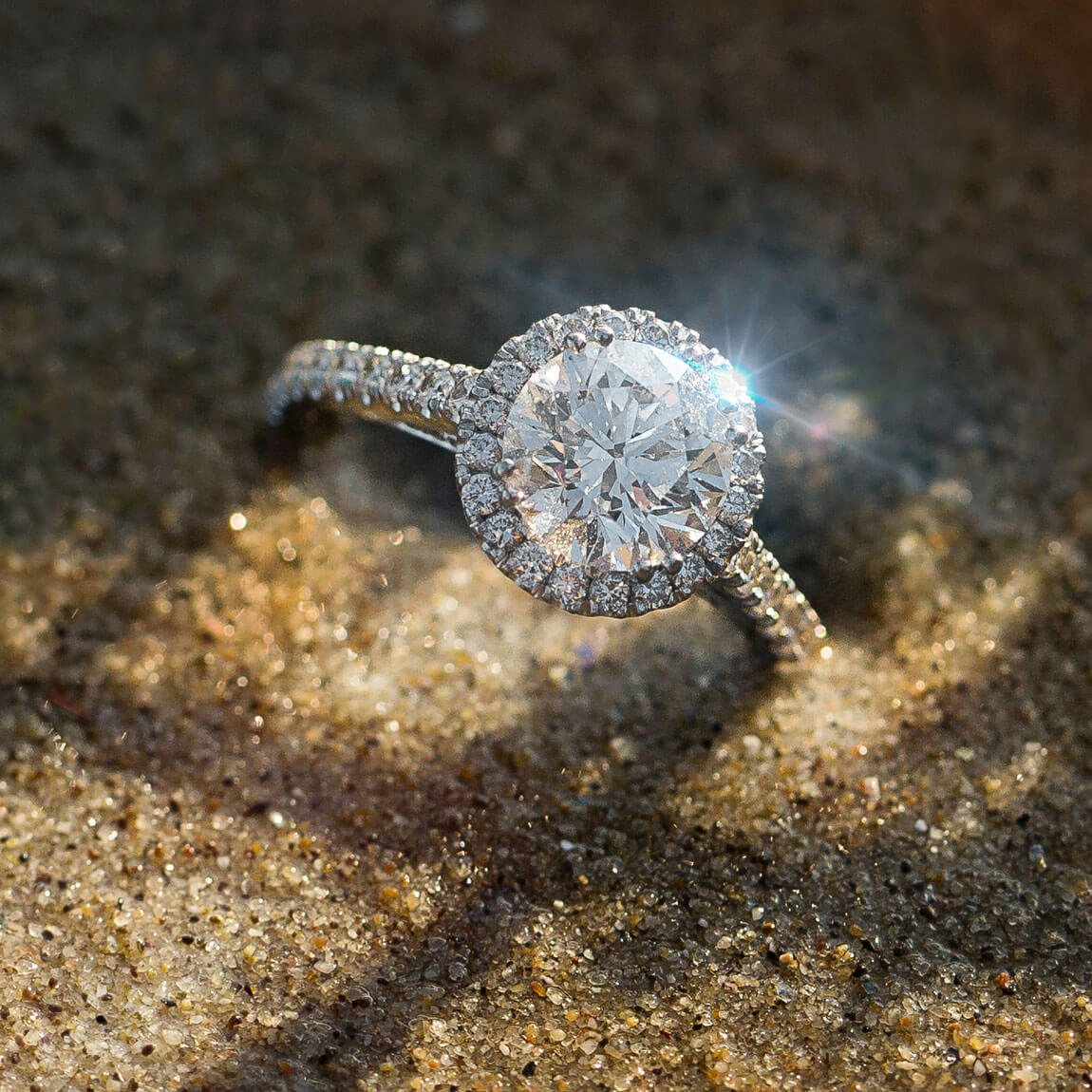How To Tell If Mikimoto Pearls Are Authentic
In 1893 Japan, Kokichi Mikimoto successfully created the world’s first cultured pearls. His cultured pearls were the product of hard work in a time when oysters in Japan were becoming over-harvested.

Once his method for culturing pearls had been perfected, Kokichi sent a team of craftsmen to Europe where they studied cutting edge designs in jewellery, including Art Deco, Art Nouveau and much more. Since then, Mikimoto’s beautiful designs have adorned the necks of women all around the world and today, Mikimoto pearls are the highest grade of cultured pearls available and can be found in numerous jewellery stores.
The brand’s history now spans over a century and Mikimoto pearls have been supported by the likes of Marilyn Monroe and Angeline Jolie, to everyday women who adore a touch of elegance whether at the dinner table or office. However, with the growing popularity, more fakes are available on the market and so it is important you know you are getting the real thing. Read on to discover how to distinguish an authentic Mikimoto pearl to a counterfeit one.
1) Ask your retailer
It is always a good idea to go to a reputable store that sells and specialises in Mikimoto pearls. There are a few Mikimoto store locations in America, including Las Vegas, New York, Costa Mesa and Beverly Hills. However, if like many you do not have the advantage of living near a store, you can still buy from retailers online and near you that sell Mikimoto pearl jewellery, which is likely the option for many. When doing this, you can ask the retailer about the origin of the pearl.
Because Mikimoto pearls come from various different regions around the world, each will be able to be tracked back to a specific region. Your retailer should know exactly which region the pearls you’re enquiring about have come from. For example, Akoya pearls come from Japan, Black South Sea pearls come from either Tahiti or Okiwana, South Sea pearls come from Indonesia, Australia and the Philippines, freshwater cultured pearls come from the rivers of China, and Conch pearls come from the Gulf of Mexico and the Caribbean.
2) Look for the trademark M
Within the clasp of any Mikimoto necklace, bracelet or earring set, there should be the trademark M for Mikimoto engraved into it. There should also be either a silver or gold mark underneath the M. The silver marks vary from S, SL, Sterling, Silver, 950. If your Mikimoto jewellery is not marked with any of these trademarks, it cannot be said to be genuine. When it comes to Mikimoto jewellery, a box, or certification of authenticity is not sufficient in the same way it would be for some other jewellery.
3) Enquire about grade
Do not be afraid to ask the retailer questions, most specifically about the grade of the Mikimoto pearl they are selling. There are four Mikimoto grades that each pearl should fall under. These are, AAA, AA, +A, or A. If the pearls you are wanting to buy do not fall under one of these then that is a sure sign of fake Mikimoto pearls.
4) Check the pearls’ characteristics
When buying pearls, one should know the basic principles of them. The five physical characteristics of a pearl include lustre, shape, colour, surface and perfection. All Mikimoto pearls will be perfectly round and possess no lumps or imperfections. The nacre will be thick, rich and full of pearl white lustre. The pearl size is also important, as Mikimoto pearls range in size from 3mm-10mm depending on the size of the mother oyster. If you are buying a string of pearls on a necklace or bracelet, there should be no colour variation in the pearls within the piece of jewellery.
5) The tooth test
The tooth test is one of the simplest tests you can do. If you have any Mikimoto pearls at home that you want to test for authenticity, then the tooth test is a simple and quick way to do so. Take your pearl and rub it gently over the surface of your tooth. If the pearl feels gritty and slightly rough, it is genuine. If your pearl feels smooth, it’s a sure sign of a fake.
At Wallace Allan, we stock a wide variety of authentic pieces from the renowned Japanese brand. We ensure all our Mikimoto pearls are genuine and have authenticated all the pieces so that you don’t have to. You can discover the full range of Mimiko online here.


